 |

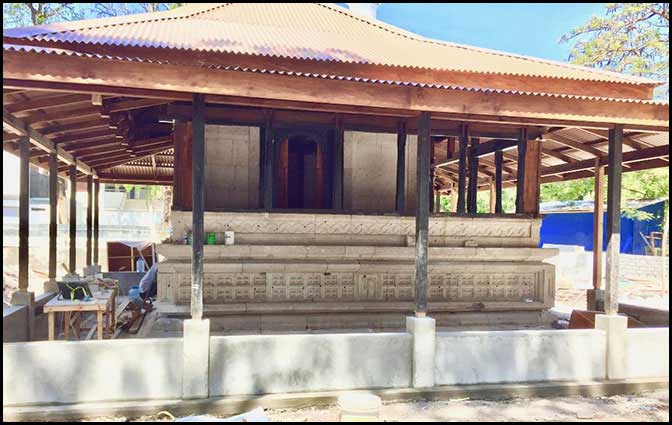
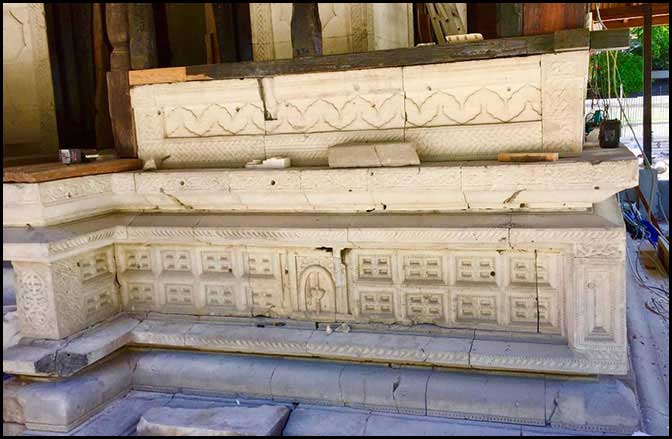
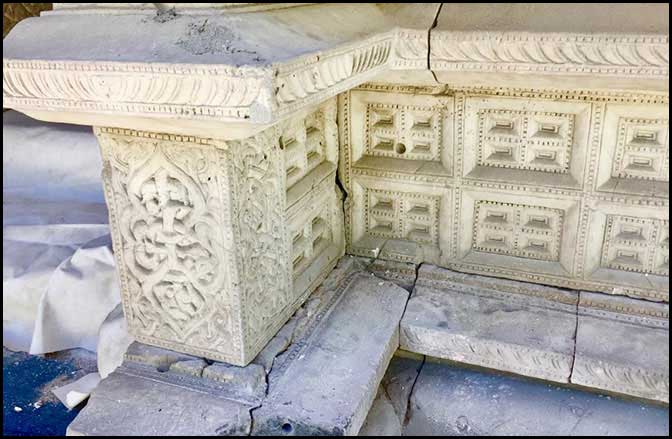
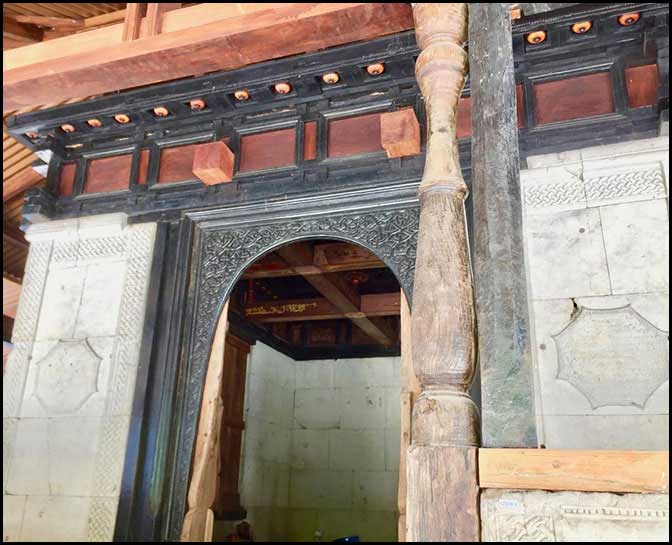
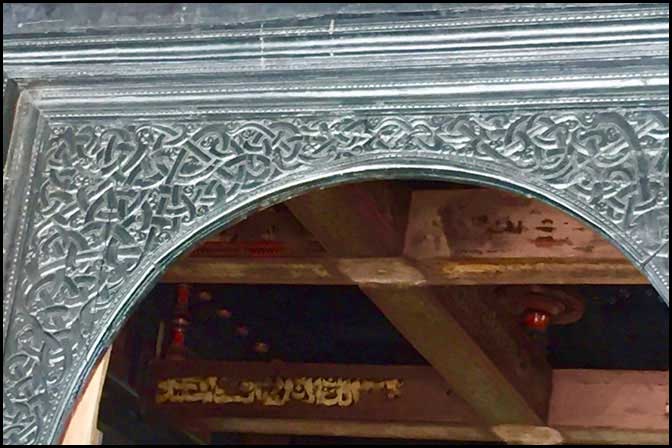
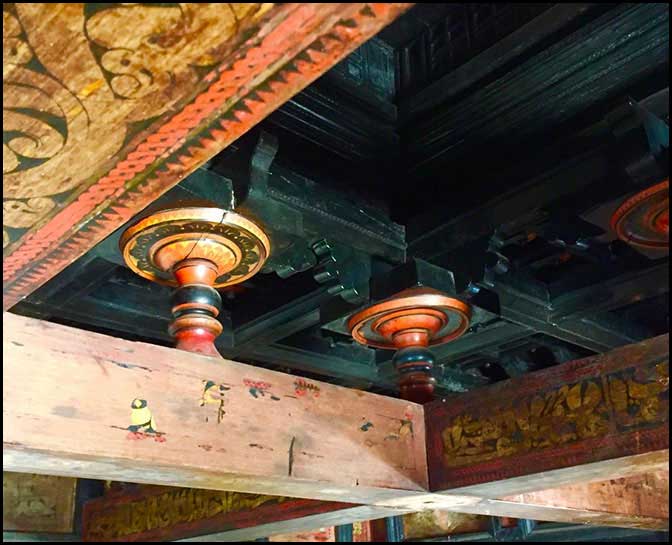
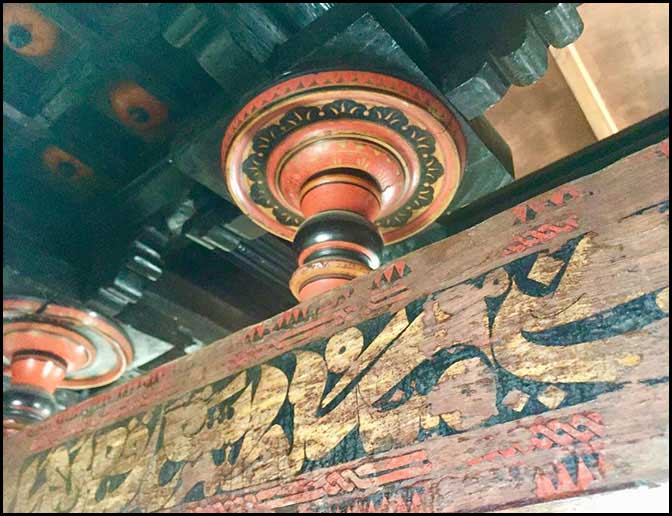
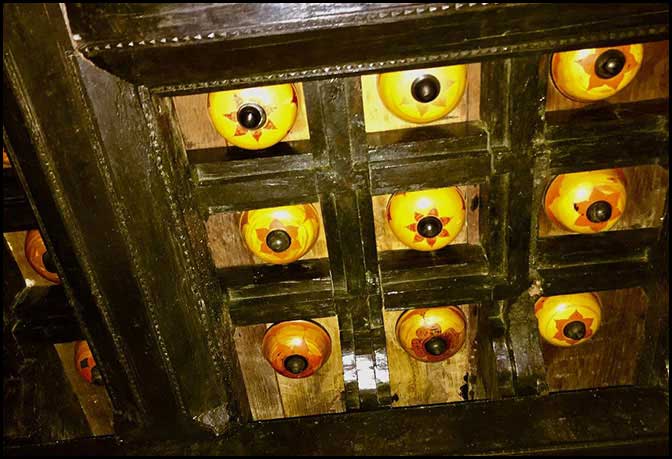
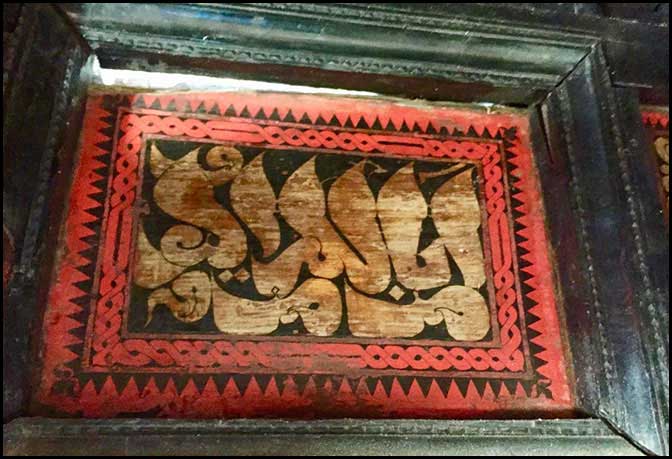
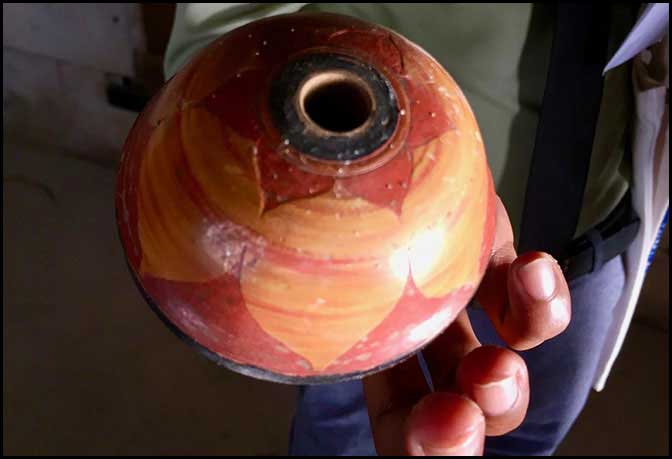
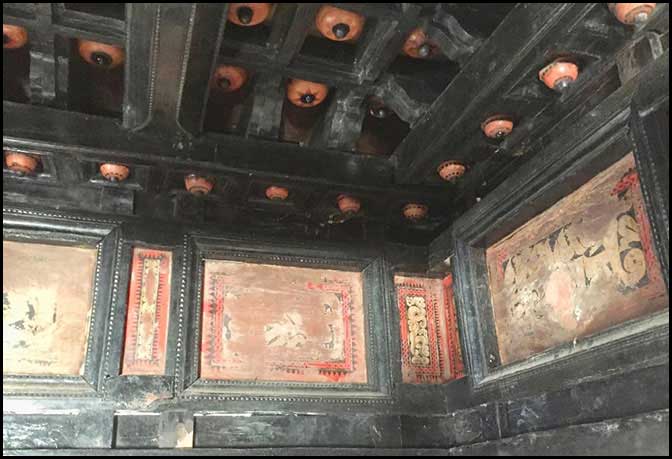
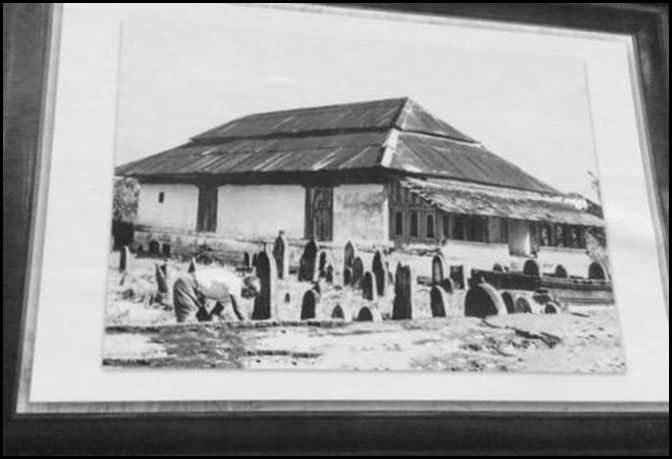






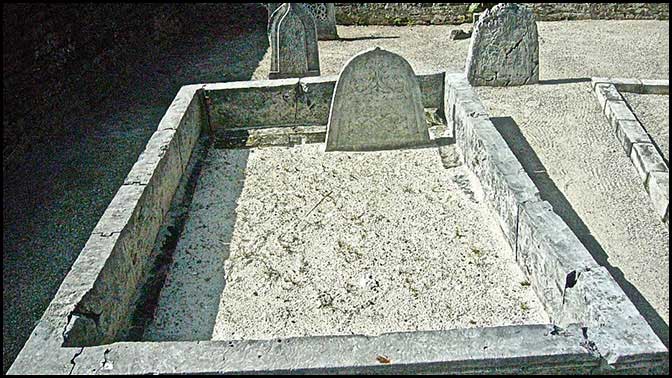
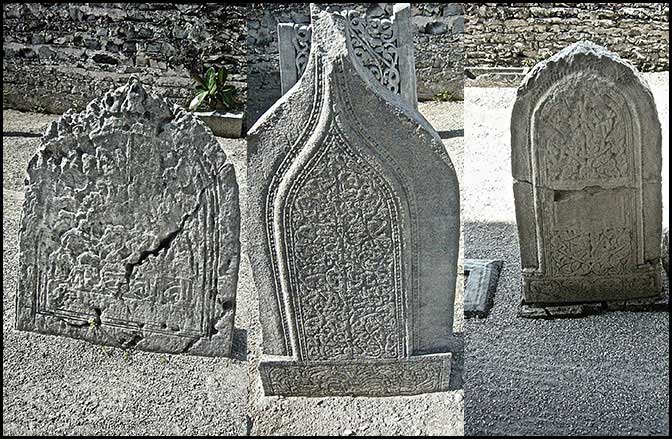
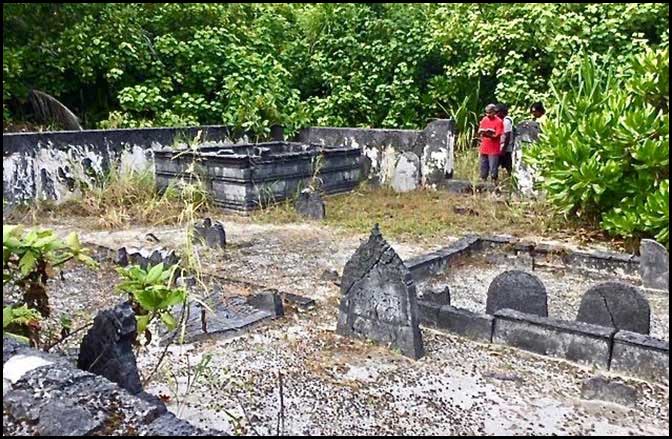
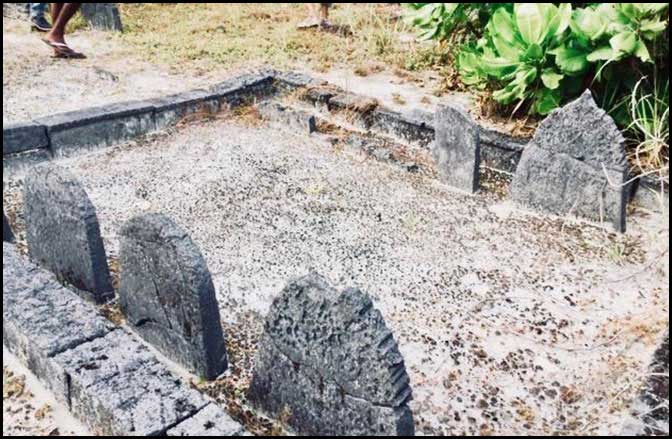
There are several old mosques throughout the Maldivian islands. We visited two of them.
1) Kalhuvakaru Mosque, Male, is a 17th century coral stone mosque, now reassembled in the museum grounds. When we visited it was in the process of being repaired and restored. The foundation is all cut and sculptured out of coral stone (or coral limestone? Some broken and missing parts are been added and stone workers are making the repairs. The interior structure is made of ebony and various types of tropical hardwoods. The roof is now covered by corrugated metal. The original roofs of the old mosques were made of thatched coconut leaf as seen on old photographs.
2) Vadhoo island: This mosque Vaadhoo Asaaree Miskiy, is dated to the 16th century. Vadhoo is spelt Vadoo, Vaadhoo or Vahdoo. Many spellings can vary.
This is a 16th century mosque [blk & wht image of this mosque taken from the museum]. This mosque is located within the island, and off the main dirt road. The entrance to this is through a large area used as the cemetery on either side of the long walkway leading to the mosque, and around the mosque. It has a recent structure of corrugated metal sheets roof structure to protect the interior. The tombstones on either side were quite impressive although somewhat neglected. The interior is similar to the other mosque seen in Male and followed the same wood beam and pillar structure.
For reference see selected coral stone mosques in the Maldives. This UNESCO account of selected six or old mosques and makes valuable comparisons to Indian Ocean areas of cultural influences of the Swahili coast and the Malay Archipelago.
For further reference:
https://en.wikipedia.org/wiki/List_of_mosques_in_the_Maldives https://whc.unesco.org/en/tentativelists/5812/.
https://maldivesheritage.oxcis.ac.uk/index.php/3d-models/mosques-cemeteries-and-muslim-funerary-monuments/
https://maldivesheritage.oxcis.ac.uk/index.php/3d-models/mosques-cemeteries-and-muslim-funerary-monuments/
The other outstanding structure is the Padmanabarapuram palace in Kerala. This “wooden palace was built in1601 C.E and is a masterpiece of indigenous Kerala architecture.” The similarities are strong with the use of turned lacquer work details, and hard wood ceiling joinery and details. “Made of timber, the Mishkal mosque was initially five storied. But it was damaged in arson during an attack by the Portuguese in 1510. Though it still bears traces of the assault, the mosque stands today as the prime example of communal harmony, for it was the Zamorin, a Hindu king, who avenged his Muslim subjects by repairing the mosque.” https://www.keralatourism.org/malabar/mishkal-mosque/79]
The Mishkal mosque, the four-storied mosque situated in Kuttichira, has a history of more than 650 years. It is named after Nakhooda Mishkal, an Arab trader who built this structure.
